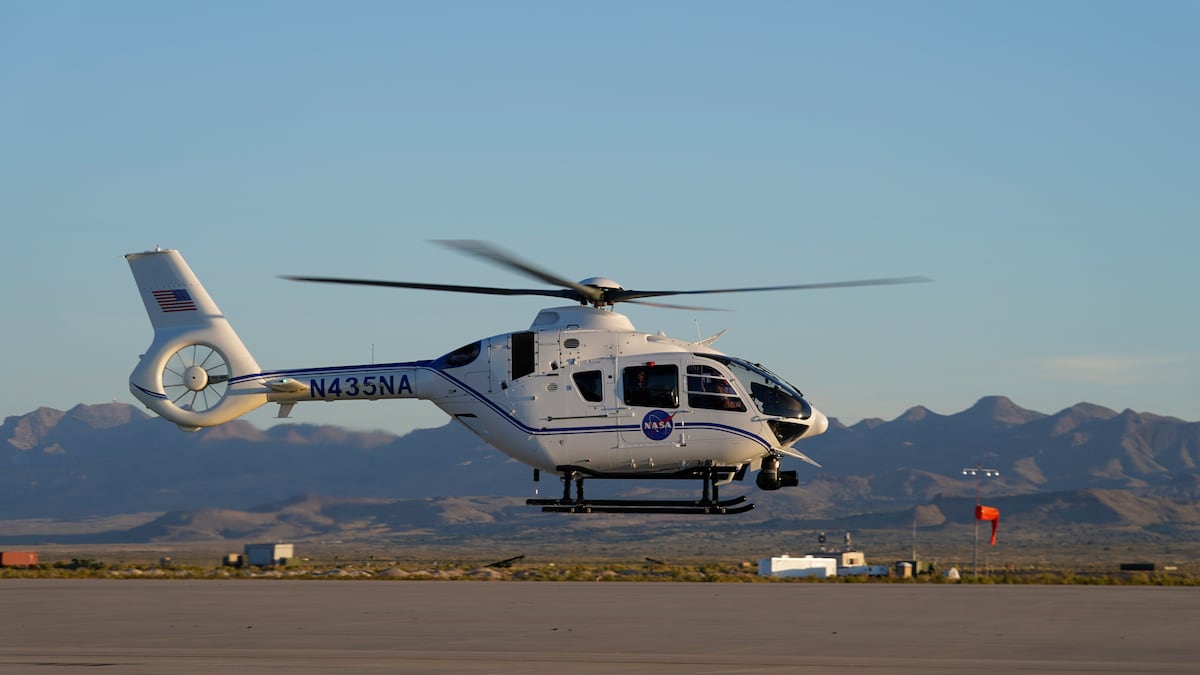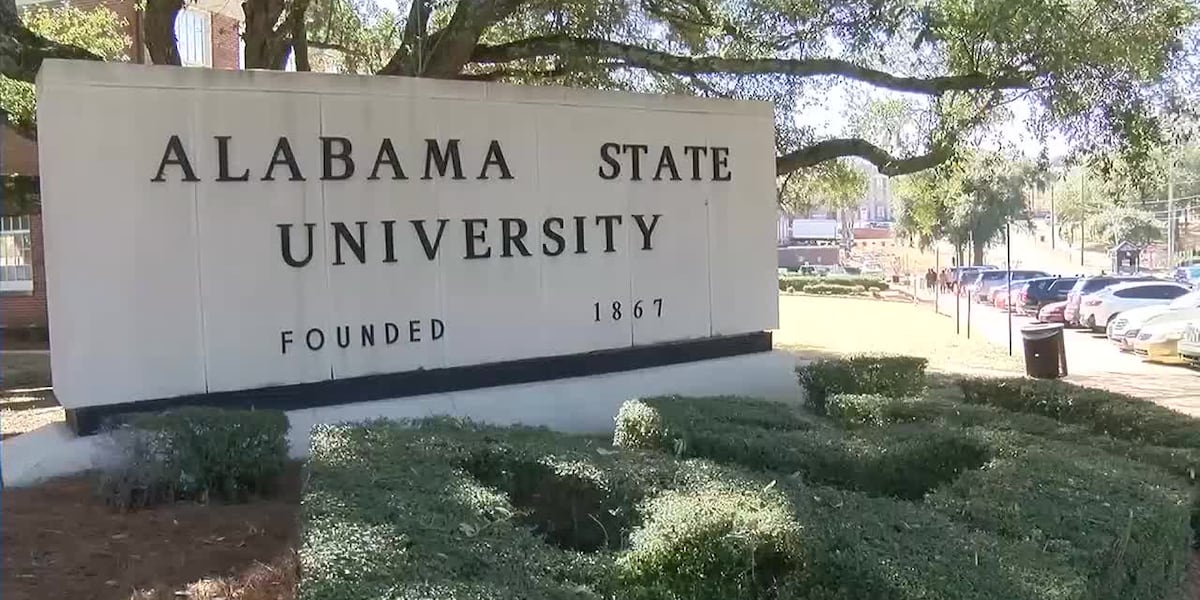If Utah’s congressional delegation wants to cede the moon to China, destroy American scientific leadership, increase wildfire risk and eliminate jobs in the Beehive State, then they’ll vote for Donald Trump’s proposed NASA budget.
As the author of a book about the moon, I’m steeped in the history of space science and exploration. I cover it for magazines and websites. And, like many, I’m inspired by what NASA does.
But the White House has proposed a 24% total agency cut — or $6 billion — which itself would hack NASA’s science budget by half. NASA would have nearly $19 billion in 2026, per Trump’s recent proposal. That might sound like a lot but, according to the non-partisan group The Planetary Society, NASA now occupies .3% of the federal discretionary budget.
Yet each dollar NASA spends returns three more, Jack Kiraly at The Planetary Society reports. In 2023, that was some $76 billion in economic impact. That’s 300,000 jobs. NASA is a force-multiplier for good.
Even though this proposal appears to put more money into human spaceflight, the focus appears to be on nonexistent programs to send Americans to Mars as quickly as possible. And The Planetary Society’s policy expert Casey Dreier tells me that “the ‘increase’ to human space flight is still a net decrease given the cuts to ‘legacy’ systems. Nothing is increased in this budget, overall. Adjusted for inflation, this is the lowest request for NASA since January of 1961” — before a human even flew to space.
This reckless plan would mean that the Artemis lunar-return program — which Trump started and President Joe Biden continued — would effectively end after only two flights: a lunar fly-by on Artemis II next year, then Artemis III a year later.
Artemis III has been intended to land on the moon near the water-ice-rich South Pole, a region of considerable scientific and commercial interest. But there is no way the lander, a version of SpaceX’s Starship, will be ready. It keeps blowing up. It isn’t human-rated and hasn’t demonstrated orbital re-fueling crucial to lunar landing. So Artemis III will be another fly-by or an orbital mission.
A red moon
Meanwhile, the Chinese government is pushing forward with its sophisticated space program. Chinese “taikonauts” will land on the moon in a few years. This matters. China has demonstrated zero interest in developing fair, sustainable and cooperative practices on the moon. They haven’t done so here on Earth.
Instead of the American-led Artemis Accords coalition, with more than 50 partner nations — which is committed to cooperation and sustainability on the moon — we will abandon our nearest world to China (and partner Russia). Perhaps they’ll make our new phones there, if we can afford them.
This budget would waste billions already spent for Artemis hardware in production. Such hardware includes the first module of Gateway — a planned lunar-orbiting space station — which happens to be the perfect place to test-drive long-duration flights to Mars.
We have spent a handful of days on the lunar surface. If we are to develop a long-term human presence in deep space, including on Mars, we need more than Elon Musk’s tweets. We need experience.
Science is slashed, too
The Hubble Space Telescope and James Webb Space Telescope would continue. But a third of all missions would be scuttled, according to The Planetary Society. In a statement, the group says “this proposal wastes billions in prior taxpayer investment and slams the brakes on future exploration. It terminates healthy and productive projects like OSIRIS-APEX, an invaluable planetary defense mission, as well as missions making discoveries about the outer solar system, like Juno and New Horizons….These are unique projects that would require billions of new spending to replace.”
This budget cut would end climate-monitoring satellites even as our planet’s temperatures continue to rise and the frequency of extreme weather events increase. A project called FireSense would be at risk. FireSense monitors wildfires and helps us prevent and fight them. Such low-cost, high-benefit programs are exactly the kind of thing this administration hates.
So will America become a scientific backwater? The American Astronomical Society says, that “without robust and sustained federal funding, the United States will lose at least a generation of talent to other countries.”
Impacts in Utah
Closer to home, the changes to the Artemis moon missions will come at a heavy cost.
Until other systems are proven, NASA’s heavy-lift rocket, the Space Launch System, is what we have for human exploration. This proposed budget would cancel SLS. While the SLS has come under criticism — some of it valid — for cost overruns and delays, there is no other heavy lift launcher that has successfully flown a deep-space mission.
Northrop Grumman builds the solid rocket boosters for the SLS in Utah. Nearly 1,600 jobs in the state are directly related to Artemis. That investment yielded $355 million in Utah economic output, according to NASA. The overall NASA investment here is nearly $500 million dollars, from the universities to small businesses.
Gutting NASA is a preventable disaster. Congressional voices on both sides of the aisle are sounding the alarm. Will Utah’s Congressional delegation listen?
(Christopher Cokinos) Christopher Cokinos is a Logan-based writer.
Christopher Cokinos is a Logan-based writer whose most recent book is “Still as Bright: An Illuminating History of the Moon from Antiquity to Tomorrow.”
The Salt Lake Tribune is committed to creating a space where Utahns can share ideas, perspectives and solutions that move our state forward. We rely on your insight to do this. Find out how to share your opinion here, and email us at voices@sltrib.com.































